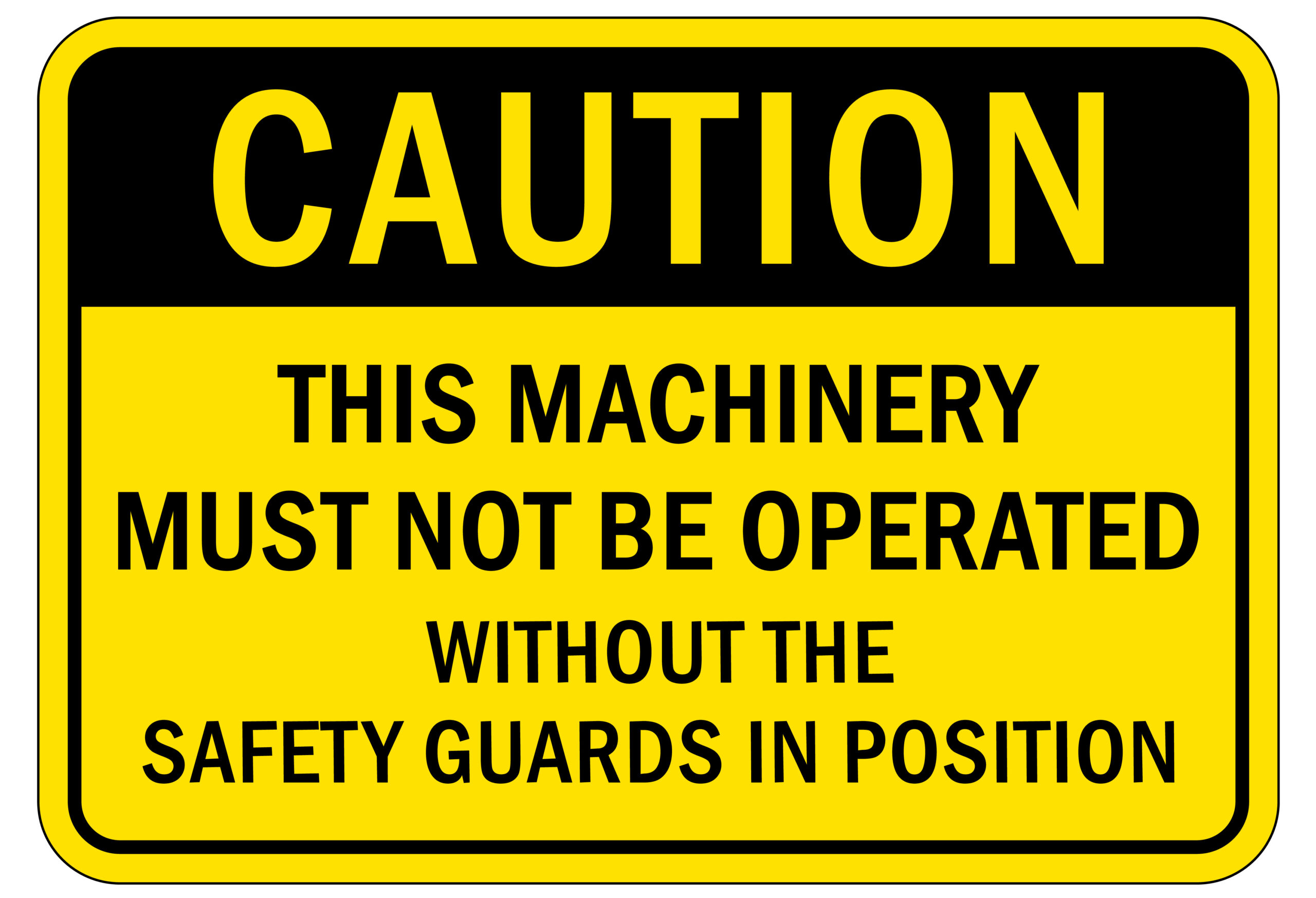
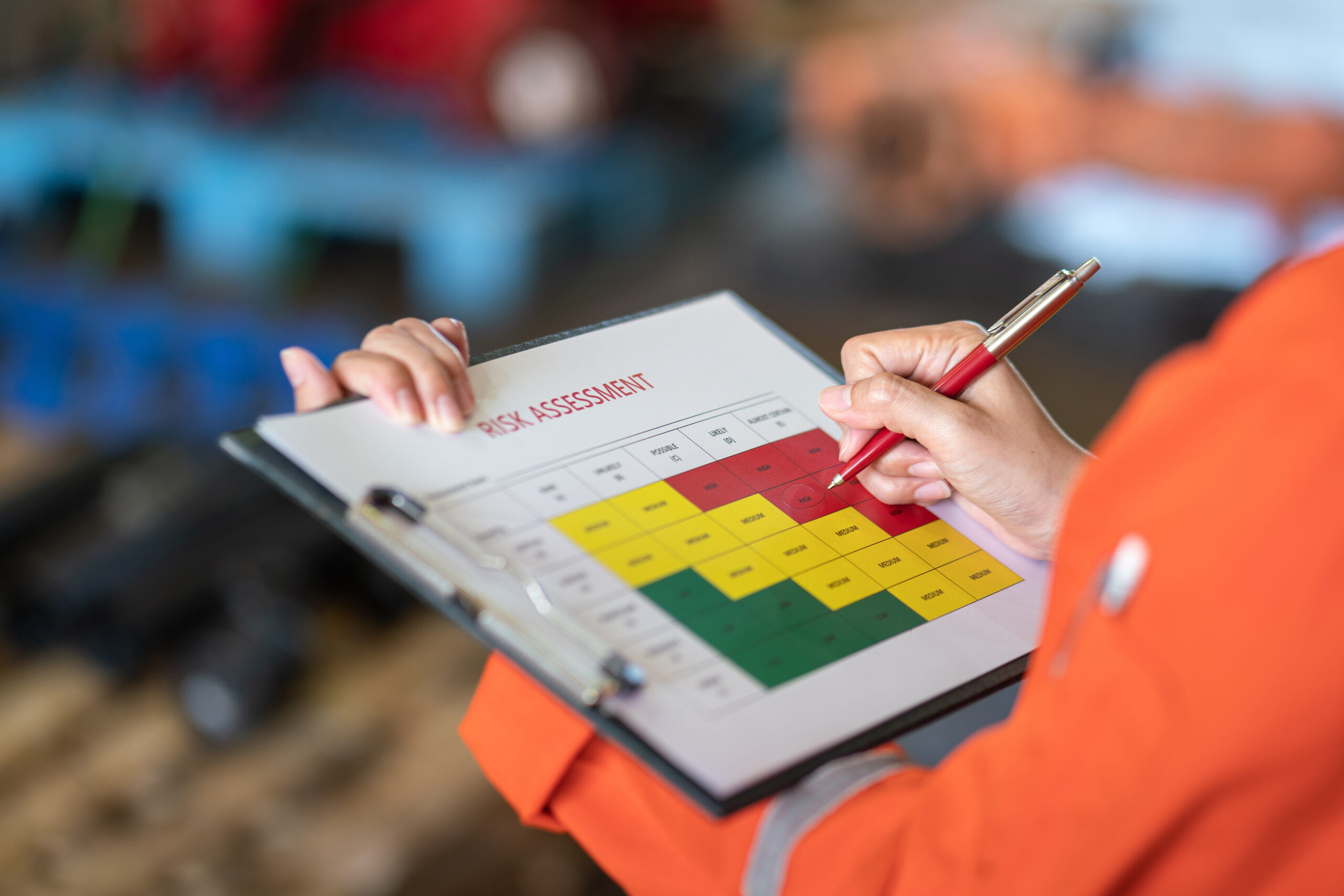
Your robotic systems may improve operational efficiency, but they also present potential risks to your equipment and supplies, and, more importantly, to your employees and facility visitors. One way to reduce injury risks is to perform period risk assessments, which provide a standardized, objective approach to determining the unique hazards in your facility and what your safety officers can do to mitigate them.
Many supervisors assume that the original equipment manufacturer is responsible for assessing risk, but this duty actually falls to the company or manufacturer that purchases and installs the equipment.
As a general rule of thumb, risk assessments should be proactive, never reactive, after an accident has already occurred.
Risk assessments should ideally occur:
Your first step is to identify potential dangers associated with your robotic equipment and any conditions or circumstances that contribute to the risk.
Each worksite has specific hazards that require risk assessment. Consult standards, codes, and regulations for guidance on the risks in your industry to help you identify the most worrisome ones.
Examples of hazards that could injure people, harm the environment, or damage equipment include:
Tip: Make sure you speak with as many people as possible who interact with this machinery to get a complete picture of what could go wrong. We also recommend consulting with a certified safety representative who can provide more guidance on risk identification.
Next, prioritize the hazards list you’ve generated to rank each hazard’s severity and likelihood of occurrence. For example, what’s the likelihood that an employee might be shocked or burned when maneuvering near a robotic workcell? Or, what might happen if a worker is distracted in the presence of a robot?
We recommend creating a checklist and using event tree analysis or failure mode and effect analysis to help you prioritize which risks to address first.
Your plant is unique. Determine which hazards have the most significant consequences for your employees, visitors, and surrounding equipment.
Next, you’ll need to compare how risky each potential hazard is, according to the acceptable risk criteria standards outlined in your company’s procedures and OSHA standards.
Doing so will ensure you know what government investigators expect in case a dangerous situation unfolds in your workplace.
Generally, risk reduction and mitigation steps will include:
What’s important to remember here is that your mitigation approach will vary based on the risks you find and prioritize in your workplace. We recommend working with a consultant to determine the best approach for your workplace, which could be total elimination, installing automated controls, or enhancing existing workflow, or improving existing training procedures.
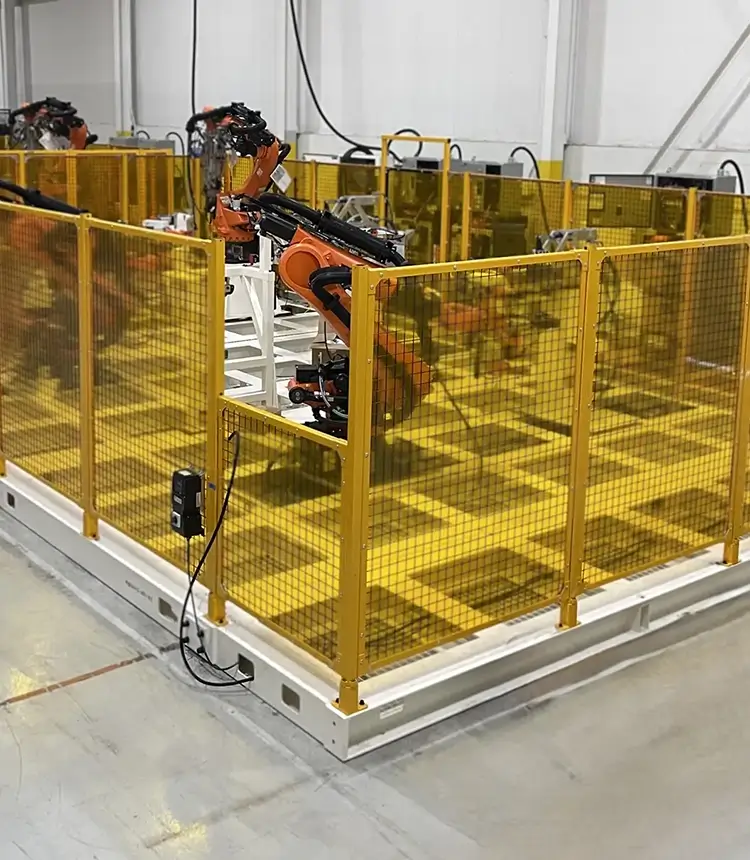
In many cases, machine guarding is one of the best ways to mitigate many of the risks of robotic workcells. At ROBO FENCE®, we understand that every manufacturer is different. That’s why we provide custom-tailored solutions. When you work with us, you can expect on-site consultations and exceptional collaboration and support throughout the entire design process.
Contact ROBO FENCE® today to get started.

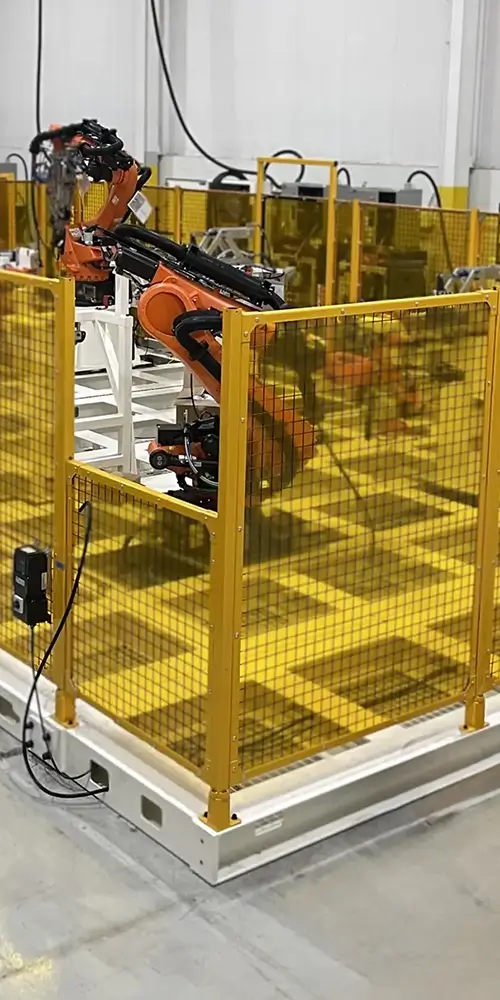
Contact one of our experts to get started on your next machine guarding project. Until then, browse our complete catalog to see our offerings.
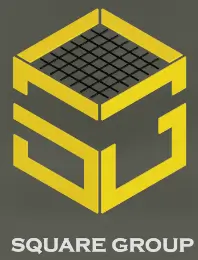
Square Group LLC
Proud Manufacturers and Suppliers of ROBO FENCE®